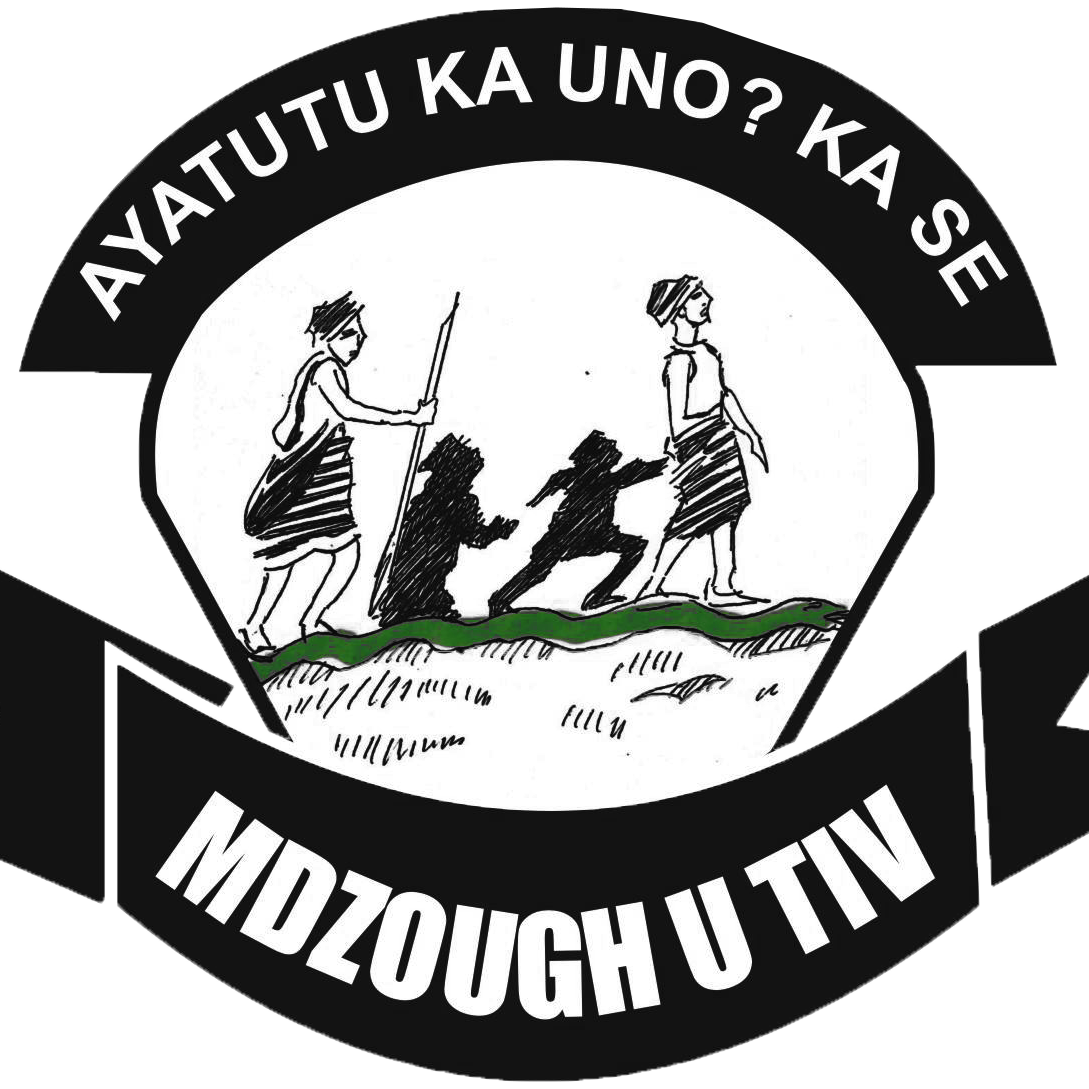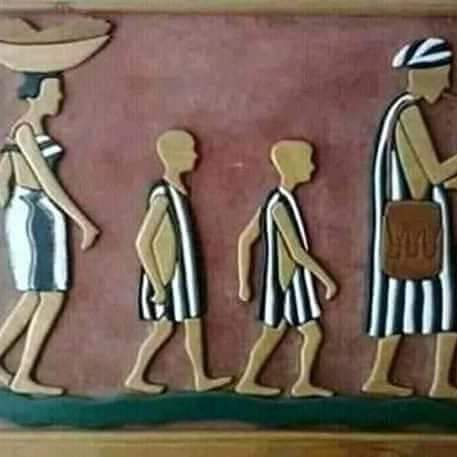The Tiv people, one of Nigeria’s largest ethnic groups, are a fascinating study in African history. Primarily occupying the fertile floodplains of the Benue Valley, their story is one of migration, resilience, and the remarkable establishment of a complex society without a centralized monarchy. Understanding the Tiv means exploring their legendary origins, unique sociopolitical structure, and enduring cultural philosophies.
The Myth of Origin: The Journey from Swem
The historical narrative of the Tiv begins with a powerful oral tradition tracing their ancestry back to a single mythical progenitor named Tiv. This shared lineage forms the foundation of their entire social and political framework.
The legendary ancestral homeland is Swem, a sacred mountain believed to be situated somewhere near the Nigeria–Cameroon border. According to the narrative, it was from Swem that the Tiv people began their centuries-long migration. They moved in batches, gradually pushing down into the Benue Valley. This journey was marked by conflicts with other groups and periods of adaptation, but their collective memory, which includes mythic events like crossing a great river on the back of a friendly green snake (Ikyarem), solidified their identity as they settled in their current location.
Today, Swem is not just a place of origin; it is a spiritual focal point—a source of vital power (Tsav) and a symbol of tribal unity.

Segmentary Society: Power Without Kings
Perhaps the most distinctive aspect of Tiv heritage is their traditional political system, or rather, the lack thereof. Traditionally, the Tiv were a segmentary lineage society, meaning they had no paramount chief, kings, or centralized administrative divisions. This non-centralized structure proved highly resistant to the British colonial system of Indirect Rule, which relied on existing monarchies.
- The Colonial Impact: The British colonial administration, frustrated by the lack of a central authority, attempted to impose one. Eventually, the office of the Tor Tiv (Paramount Chief) was created in the mid-20th century, marking a significant—and relatively recent—shift in their political landscape.
- Lineage as Structure: The entire Tiv population considers itself a single, vast patrilineage, tracing descent from Tiv’s two sons, Ichôngo and Ipusu. This immense genealogy dictates social organization, land ownership, and even conflict resolution.
- Leadership by Influence: Leadership was a form of gerontocracy, based on age, influence, and wisdom. Authority rested with the elders who would arbitrate disputes within their respective lineages and sit on moots (Jir).
- The Colonial Impact: The British colonial administration, frustrated by the lack of a central authority, attempted to impose one. Eventually, the office of the Tor Tiv (Paramount Chief) was created in the mid-20th century, marking a significant—and relatively recent—shift in their political landscape.


The Cornerstones of Tiv Culture
Tiv heritage is defined by a deep sense of community and distinctive art forms.
- The Communal Philosophy: The philosophical foundation of their communal life is encapsulated in the phrase “Ya Na Angbian,” which means “eat and share with your brother/kin.” This principle underscores the importance of sharing, collective well-being, and social solidarity, influencing everything from their economic life as subsistence farmers to their hospitality.
- The A’nger Cloth: The black-and-white-striped A’nger cloth is the Tiv national attire. This distinctive pattern is a powerful symbol of their identity and is worn during ceremonies and festivals.
- Kwagh-Hir Theatre: A magnificent and unique performance art, the Kwagh-Hir is a traditional masquerade theatre. It combines storytelling, dance, puppetry, and music to critique social issues, recount historical events, and entertain the community.
The history of the Tiv is a powerful narrative of a people who have successfully maintained their core social and cultural structure through migration, conflict, and colonial imposition. Their heritage continues to thrive today, deeply rooted in the concept of shared kinship and community.


Leave a Reply